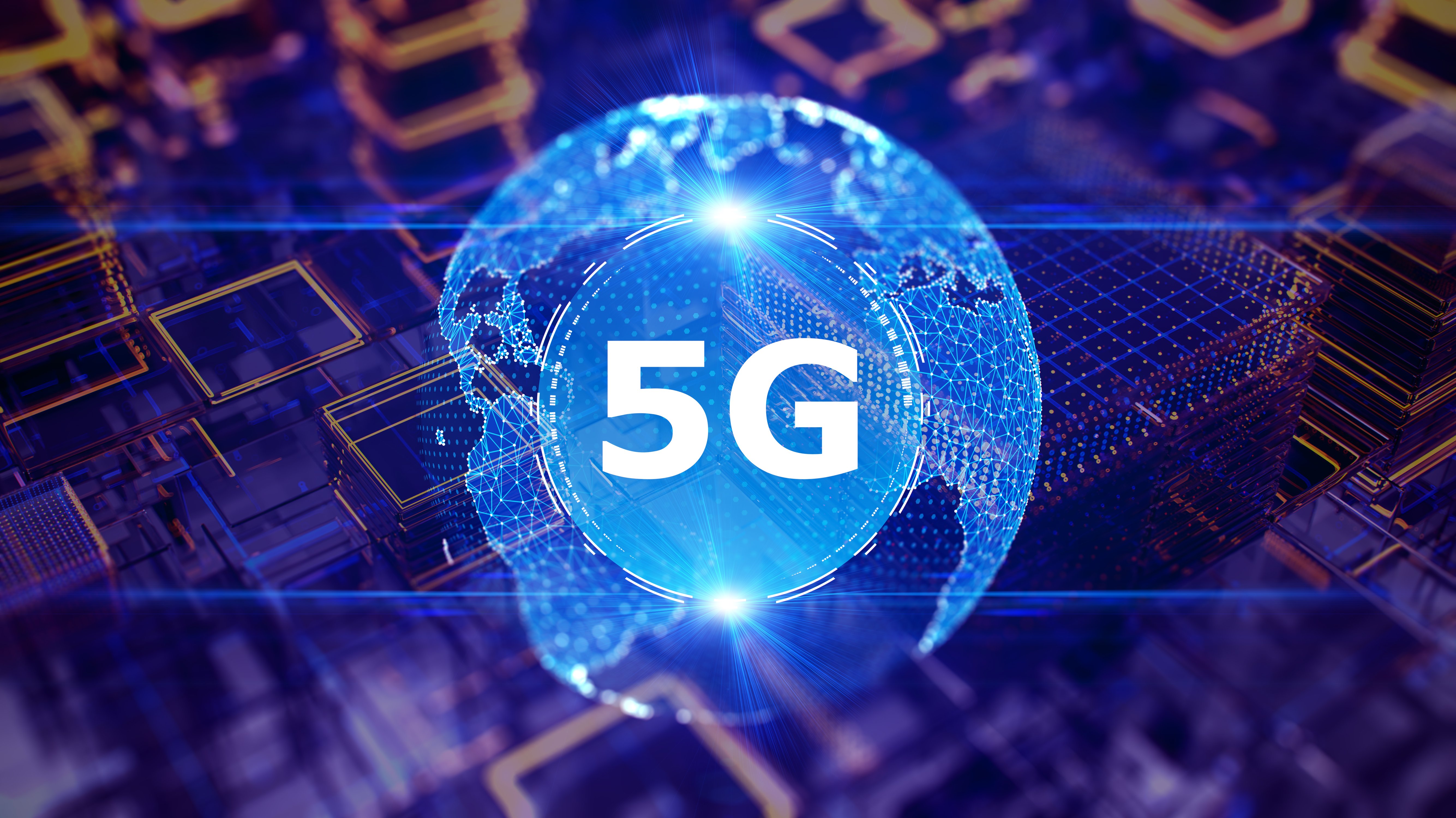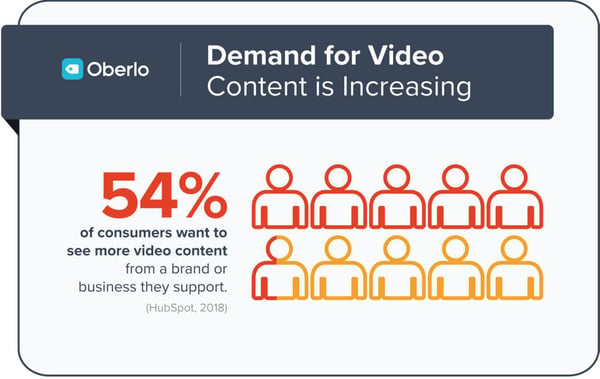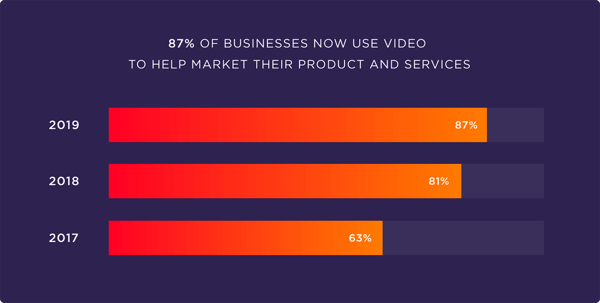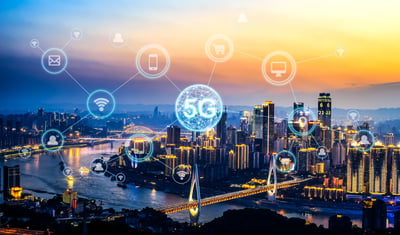September 30, 2019
 by Ralf Llanasas / September 30, 2019
by Ralf Llanasas / September 30, 2019

Consumers prefer video content, and 5G enhances their delivery.
Video marketing is dominating other marketing mediums. With target audience more inclined towards videos than text, along with the multiple devices to choose from today, video marketing is becoming prominent.
Fifth-generation (5G) wireless network technology is expected to lead to massive growth in the video marketing landscape. With lightning fast speeds and low to zero latency, 5G creates the perfect infrastructure for video message delivery.
The marketer’s primary objective is to communicate with a target -- a group of consumers -- about a product in a way they will understand, and to get the message across quickly. With today’s consumers leaning towards a video as a preferred way to receive those messages, marketers have a canvas that allows even more information to be sent. Having a network that allows for fast, lag-free delivery of such video messages simplifies things on both sides.
According to market research store Research and Markets, the global SVoD (Subscription Video on Demand) market will see an 86% growth between 2018 and 2024. That’s an increase to 974 million subscriptions in 2024 from 439 million in 2018.
And more than 85% of internet users in the United States watched online videos in 2018. Further, over 64% of users who have a WiFi connection streamed online videos, up 17% from last year.

54% of consumers prefer brand-related videos over text | Source
Considering the increasing global demand for online video content in general, marketers are now shifting their focus to that space. Last year, more than 81% of businesses used videos as their core marketing strategy. This year, 87% of businesses use videos for the same purpose.

87% of business market their products/services with videos, an increase from 81% last year | Source
Compared to text and images, social video generates 1,200% more shares. Similarly, videos generate 300% more traffic.
Video marketing isn’t necessarily a new phenomenon. Marketers have communicated with consumers through video advertisements since the invention of the television. What has changed, however, is the medium. With today’s audience more inclined towards Internet- and video-capable mediums that they’ve become increasingly attached to – smartphones, especially – businesses now have an even faster, targeted method of delivering video promotions.
Businesses are already aware of the power of video, but with the Internet, the level of importance continues to grows faster than we can imagine.
A Wyzowl report shows that:
For businesses, a marketing strategy or tactic is generally only as good as its ROI, and the right video message can easily lead to immediate sales. One study found that 74% of users who watched an explainer video about a product immediately purchased it.
In fact, according to Wyzowl:
The vast majority of consumers prefer learning about new products/services through videos, as opposed to texts and other content methods.
In addition to this, Google also prefers search results featuring videos. According to Moovly, you are 53 times more likely to rank high in search engine result pages (SERPs) if you have embedded videos on your web pages. As a result, 45% of businesses have an explainer video on their landing page.
But a marketing campaign doesn’t become hit the mark simply because videos are involved – the videos in question must be informative yet uncomplicated. Research shows that users get often put off by videos that don’t explain a product or service clearly. So it’s important that your videos are of all-around high quality to help you convert your visitors.
Video is a great learning tool that can engage even the most disinterested consumers. This is because watching videos requires minimum effort, if any, compared to reading lengthy pages loaded with texts. Video even encourages social shares. About 76% of people say they share an entertaining branded video with others in their circle.
Incorporating video in your promotional and marketing emails can increase your click-through rate by 96%. This suggests that videos are a great way to get your business spread across easily, quickly, and effectively, and online platforms are ideal to making that happen. You can focus on certain video marketing metrics to measure its performance and improve it accordingly.
| Related: Learn more about how to use video on websites to keep your customers engaged. |
Online video marketing isn’t without its challenges. Delivering the video content to the consumer over the Internet can face some network hitches that reduce stability along the way. Current 3G and 4G network plans may experience lag and slower speeds, which can affect the consumer’s perception of the quality of the video’s message, reducing the likelihood of capturing their attention.
According to Cisco IBSG, there will be about 50 billion connected devices all around the world by 2020. This opens up massive new opportunities for video marketing and advertising, and such opportunities are even more apparent where network speeds and stability are ideal.
With faster speeds, increased bandwidth, and very low latency, 5G seems like the perfect solution. The fifth-generation wireless technology is only in the beginning stages of a rollout, but 12% of the world’s mobile traffic is expected to be from mobile 5G devices by 2022.
With reduced lag time, we can expect 5G to lead to a decline in the interruption caused by ad blockers. According to the IAB, slow user experience and latency caused by these ads is one of the major reasons for ad blockers. Therefore, faster load times could reduce the users’ use of ad blockers, thereby increasing the likelihood that the video marketing material will be received. A massive increase in the number of connected devices will triple the consumption of content with more users browsing, watching, and engaging online.
With speeds that could enable users download a high-definition (HD) video in just about 10 seconds, shorter, lesser video quality marketing videos should be a breeze with 5G connections.
Video consumption on mobile devices is expected to increase significantly in the future. With such expected increases, 5G will certainly play a major role.
Some of the primary benefits of 5G include it’s improvement on spectral efficiency, delivered throughput, cost per bit, and latency. Another important benefit of 5G is network splicing, which means the features and performance of the network will adapt per session to the provisioned service. 5G will enable operators provide more bandwidth -- allowing for speeds greater than 100 megabytes per second (Mbps). At the same time, it will serve more sessions at a larger scale than those served on a 4G network.
These 5G expectations improve the insight into the future of mobile video marketing. Consumers expect high-quality, high definition (HD) videos delivered quickly and lag-free, right to their mobile devices. For marketers, this is a boon – 5G will improve an already lucrative marketing medium in the smartphone.
Considering the benefits of 5G – faster speeds, reduced latency, and increased bandwidth – delivering these video marketing contents should become much simpler than it is today. Consumers are, in fact, interested in informative videos about products and services if the delivery quality is high.
Current wireless network technologies can sometimes hamper such delivery, which can lead to the consumer being put off or deploying an ad-blocker. 5G solves the delivery and stability challenges of delivering video marketing content online, improving the experience for both the consumer and marketer.
Learn more about video marketing's importance in 2019 and beyond by viewing our video marketing statistics.
Ralf is a digital marketing expert and tech blogger, he writes about the latest news on marketing and mobile technology. He currently works at WhatPhone as a content manager and his writings can be seen on several publications aimed at the IT industry. He is also into photography and loves taking pictures when free.
The year 2020 will be witness to the rise of IoT across all industries, platforms, and devices...
 by Vitaly Kuprenko
by Vitaly Kuprenko
5G technology is set to take over the world and herald in a new age of the internet.
 by Hamna Amjad
by Hamna Amjad
It’s been over a decade since the first apps were introduced to the world in Apple’s App...
 by Chris Ciligot
by Chris Ciligot
The year 2020 will be witness to the rise of IoT across all industries, platforms, and devices...
 by Vitaly Kuprenko
by Vitaly Kuprenko
5G technology is set to take over the world and herald in a new age of the internet.
 by Hamna Amjad
by Hamna Amjad


